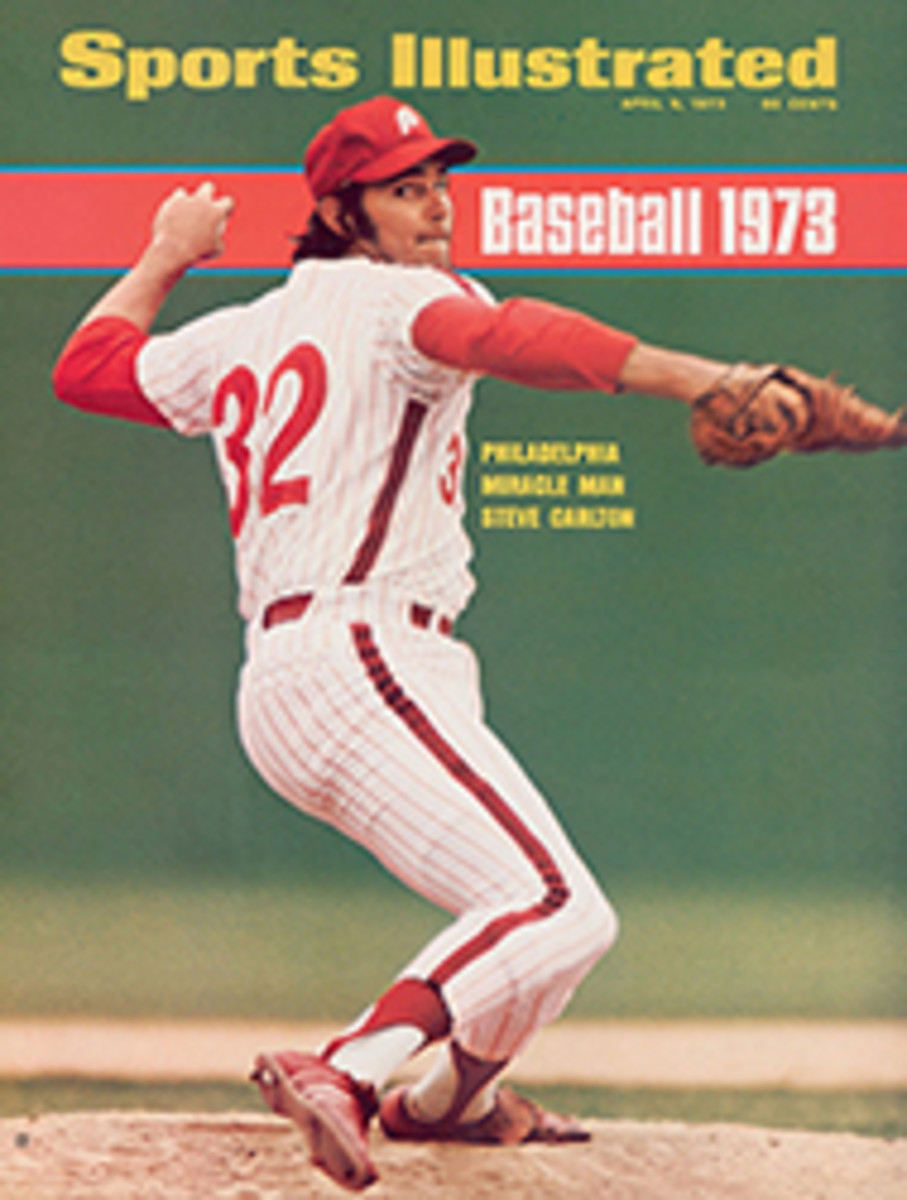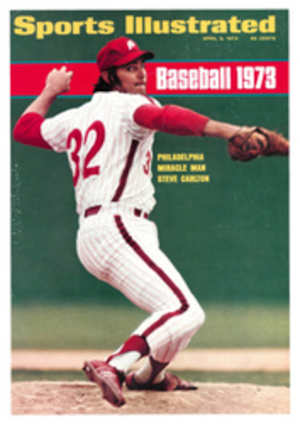
Hors d'oeuvres for the anxious angler
Dark clouds in the March sky fled south along the top of Inverness Ridge. In bleak reflection below, Tomales Bay reached out, embracing Hog Island, then making its way through treacherous narrows to meet the Pacific at the bottom of Bodega Bay's full curve.
The town of Point Reyes Station lies at the head of the bay near Paper Mill Creek's estuary, and as I traveled toward it on State Highway 1 gusting winds pushed at the old Plymouth. It was no day to think of fishing. Even without harsh weather, March in California is a time of lull for the flycaster. The steel-head season is closed in most rivers and where open it is apt to be unsuitable for fishing because of high water. Black bass are not yet fully active, the stripers remain in the turbid delta and the ocean is generally too rough for rock fishing. It is early for shad, and the trout season has not yet opened.
It was for these reasons as well as some others that I had planned a day of sketching. Several stops evolved: one near Nick's Cove, again at the Marshall Boat Works and finally close to the hamlet of Marshall itself where an old hotel was worthy of attention. Everything seemed slowed under the dull sky before the promise of spring. Scoters and goldeneye ducks bobbed in the chop, an occasional gull swept overhead and bunches of mud hens lurched about absurdly on the exposed tidal flat behind Laughlin's store.
Presently, a field of motion in the sky north of Cypress Point caught my eye. It was a vague shimmer of confetti-like white particles, which through a pair of binoculars became a mass of wheeling gulls and pelicans. They had to be over herring, which could mean action, excitement—new life in the old day. The sketching had become troublesome anyway, progress at an impasse that only longer consideration in the studio could resolve. So paints and brushes went back into the box. A chance to play was at hand.
To get a closer look it was necessary to drive past the point toward Blake's Landing. As the road skirted a low bluff, there was a place to pull the car over, walk to the edge and survey the scene. Below and for great distances right and left a melee of little Bonaparte's gulls hovered and danced in groups like marionettes whose strings converged underwater rather than overhead. Higher, pelicans soared, veered, then dived with military precision. The herring were being driven within reach of the birds by any number of sea lions charging through the schools, scattering the little fish like sparks from a grinding wheel.
An otherwise gloomy day had been brought to life by moments reminiscent of those past, when striped bass had been caught amid such turmoil. Time and place changed to become the Gulf Stream, then lower Baja. The fish, unseen beneath the glare, could have been some voracious pelagic species available to the reckless angler. Reality returns. Back here on Tomales Bay how can some fishing be made out of this?
Herring do provide a certain sport. Their appearance in San Francisco Bay, especially along the Sausalito waterfront and in Tomales Bay between Marconi and Miller Park, routs many families out of the house and to the shore for Sunday outings. At Tomales such forays are often combined with cockle digging at low water, shell collecting and picnicking. This family fishing is generally done with a variety of nets, many of ingenious design, or with treble hooks that are cast and then retrieved fast through a school, snagging the herring.
On weekends a large gallery of spectators forms to watch the ritual of the herring run in Sausalito. Tired of seeing endless pounds of the sterling little fish come ashore by the net and bucketful, one may retire to a nearby pub or turn attention to the passing stream of humanity. Bridgeway will be choked to a crawl with a succession of Porsches and Fords and families from Des Moines mingling with a counter-culture that still believes less is more.
One may also find time to pity the poor herring—the universal hors d'oeuvre. Found throughout the oceans of the world in one form or another, it provides forage for innumerable larger species of fish as well as for birds and sea lions. Even the eggs, when spawned upon rocks, pilings and seaweed, are eaten by gulls as the tide recedes. Then there are the tons of the fish that are netted each year for commercial use. Many fishermen have observed a decline in the number of herring along the California coast. This is a serious matter to anglers, the herring being a primary source of food for larger game fish such as striped bass and Pacific salmon.
While standing at my vantage point on the bluff, none of these protective considerations entered my mind. Angling did. A search of the car's trunk turned up a fly rod and a reel spooled with a Dacron line. It was a steelhead outfit and too heavy for catching 10-inch fish under ordinary circumstances but it would do just fine on this blowy day. Some small silver shad flies dug up from under the debris in the glove compartment completed the rig.
Thus prepared, I slid down the bank, climbed out on a rock and made a tentative cast. Something tapped the fly immediately. Then came a steady pull, not heavy but the fish was courageous in its struggle, and I had my first fly-caught herring. They hit readily and jumped better than trout, more like the minuscule tarpon they are. Not only was catching them fun, but the whole scene was alive with the action of nature. Just the sounds alone were as consuming as a river rapid that merges all into one song. The steady north wind rhythmically pushed wavelets against shore while gulls screamed and sea lions barked. Then, quite suddenly, the wind picked up and the day turned even colder. It became difficult to cast, so I quit, content with the unexpected fishing.
Like shad, herring run earlier at the southern end of their range and later in the north. And the weather is not always as bleak as it was this day. Along the Pacific Coast, especially in northern California, there are many beautiful days throughout winter and spring. Herring enter San Francisco Bay as early as the end of November but may not spawn until January, February or March. There are usually some in Tomales Bay by December, precipitating an occasional heavy feeding spree among the local striped-bass population.
But March is the best month. This is when spawning activity is near its peak and the weather is apt to be pleasant. In size the fish will vary from eight to 12 inches, larger than the average put-and-take trout found in California streams. In areas where growth is rapid, as in some parts of Alaska, herring often exceed a pound, which means about 18 inches in length.
Plankton eaters, herring respond best to flies with glitter rather than those designed to be some particular food imitation. I have caught them on size 14 hooks up to four, though the smaller flies are best for obvious reasons.
The water near shore is usually less than six feet deep, so it is possible to cast to an area where fish are to be seen dimpling the surface; the fly is retrieved without bothering to let it sink. The most suitable tackle is the same as for small trout. It is the fishing, not the fighting of the fish, that is the point, but light tackle is most appropriate just the same. There will be no tangling with lunkers; line will not be stripped from a screaming reel.
In pursuit of larger, more difficult game a different dimension of sport arises, one that certainly provides excitement but also implies competition, if not with other anglers, then with the powerful quarry itself. When the prey is as small as a herring there can be only the purest—and hardly insignificant—fishing moments.

